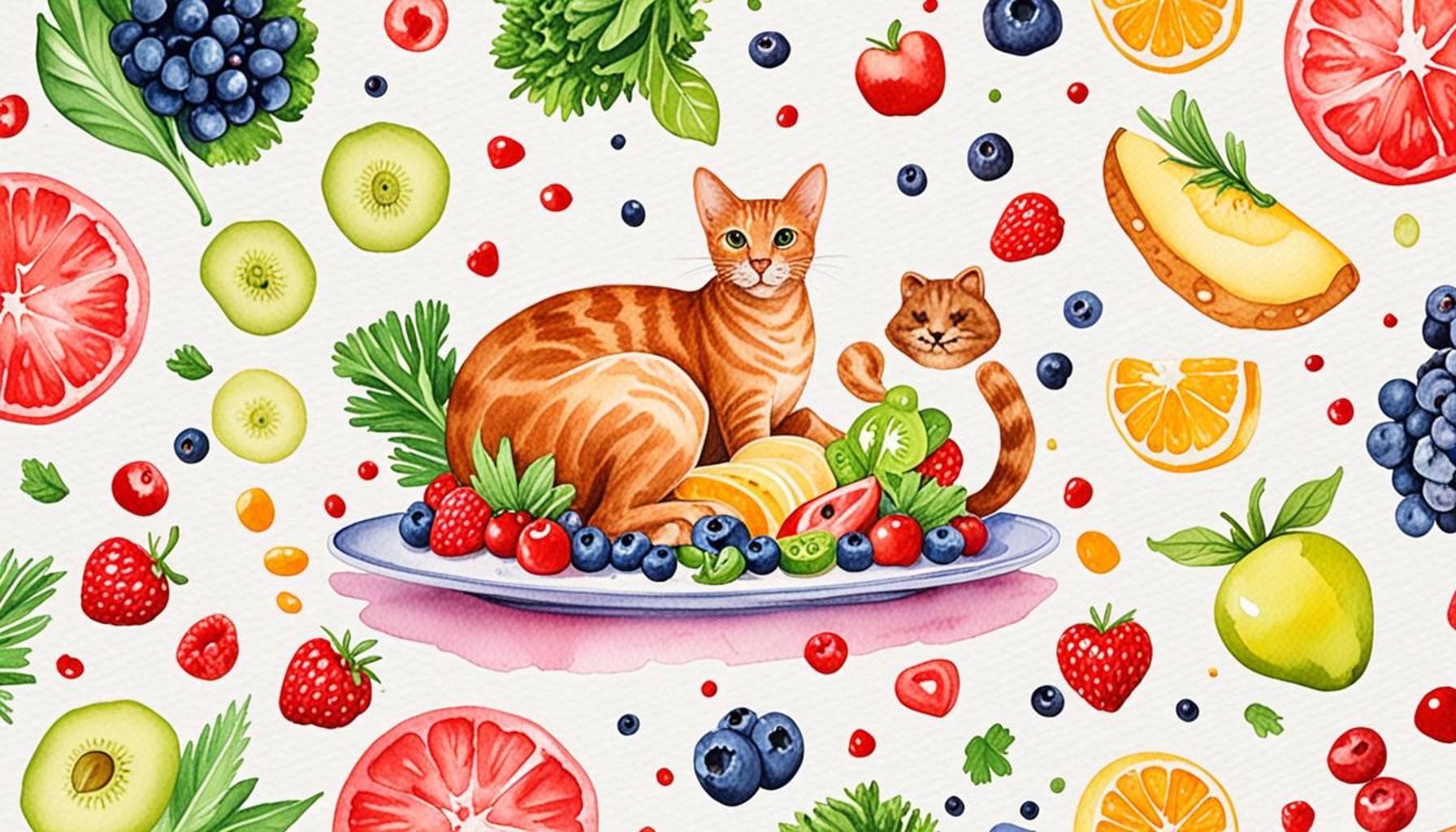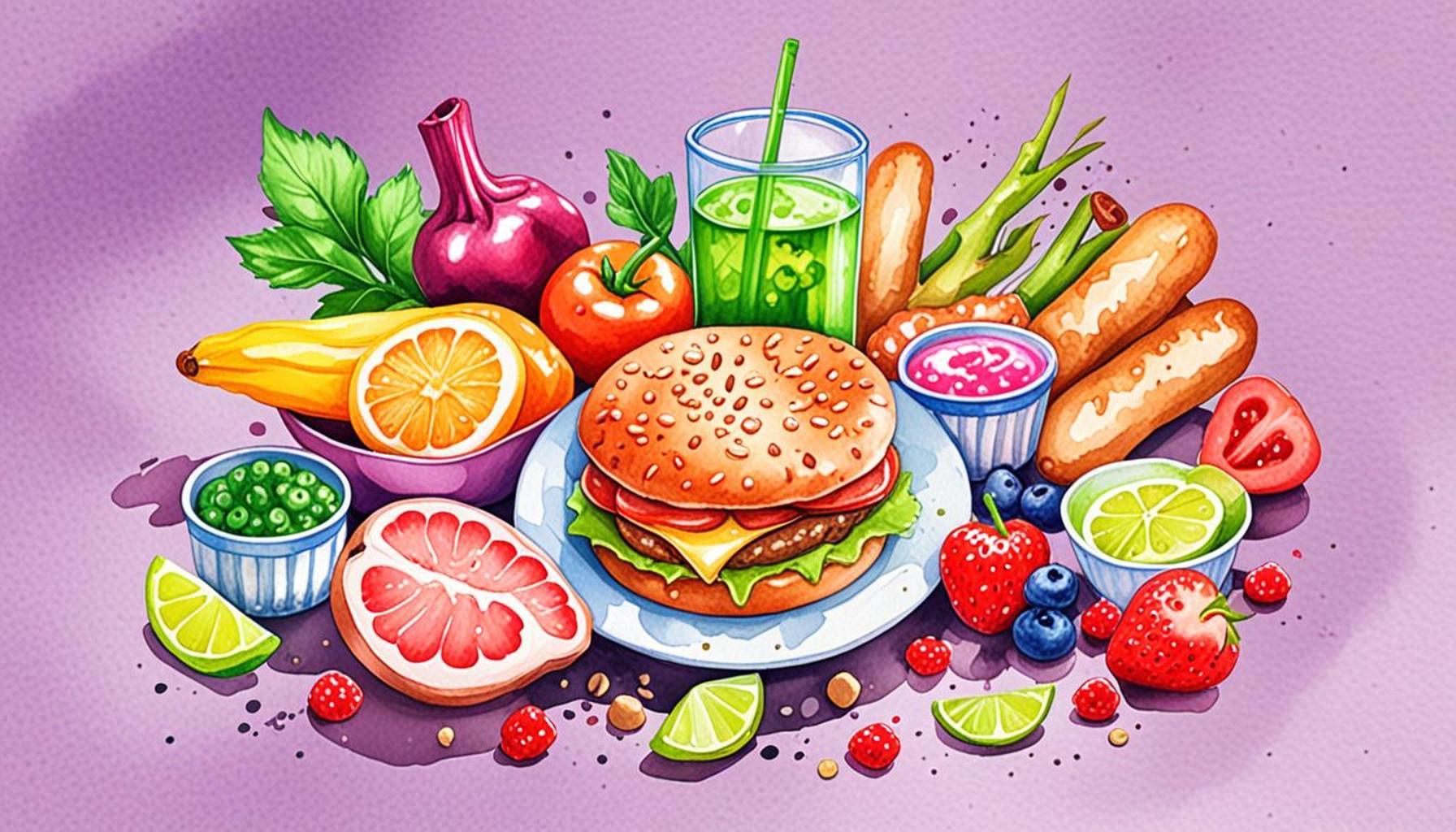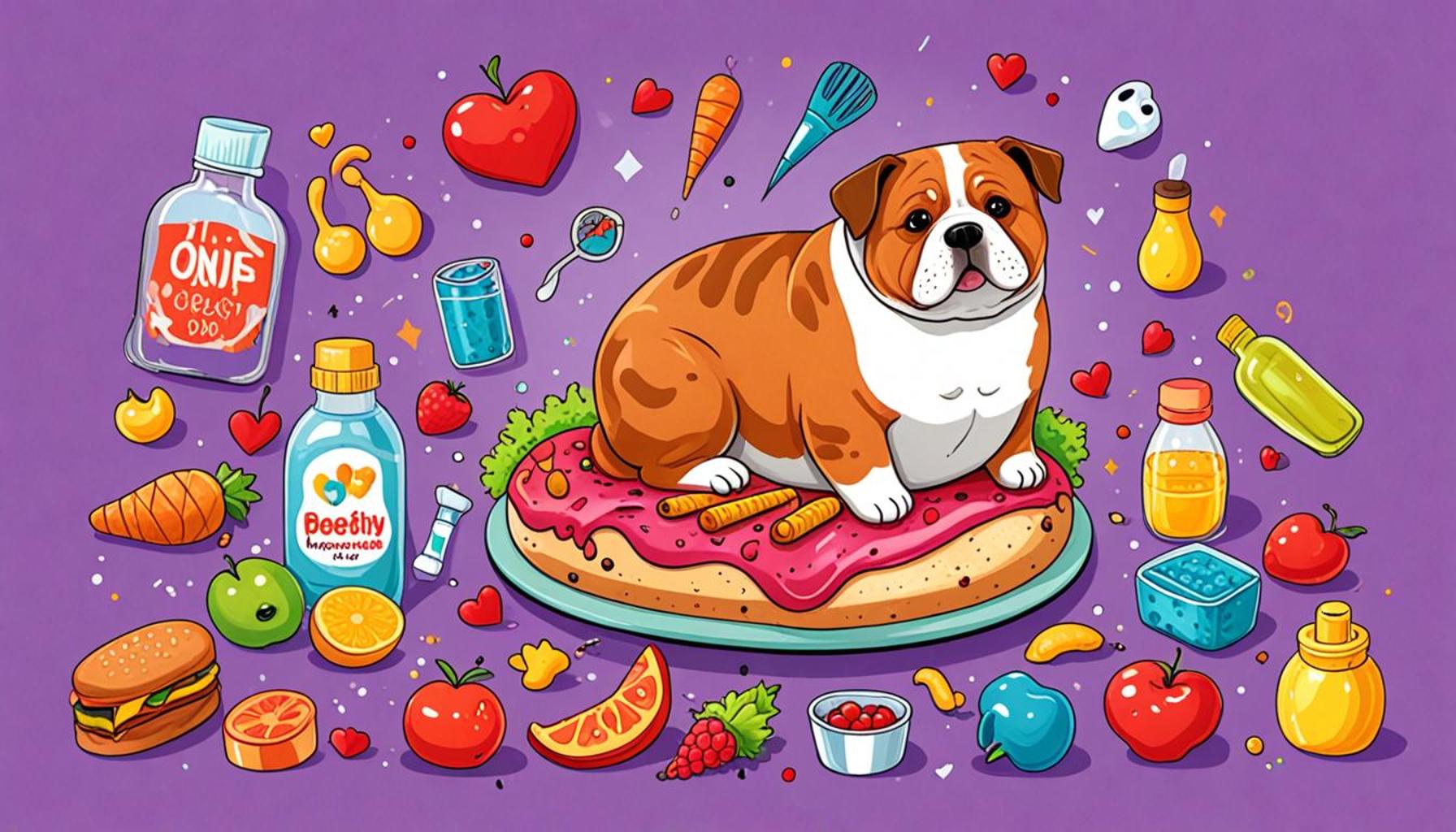Natural Foods vs. Dry Food: What is Best for Your Cat?
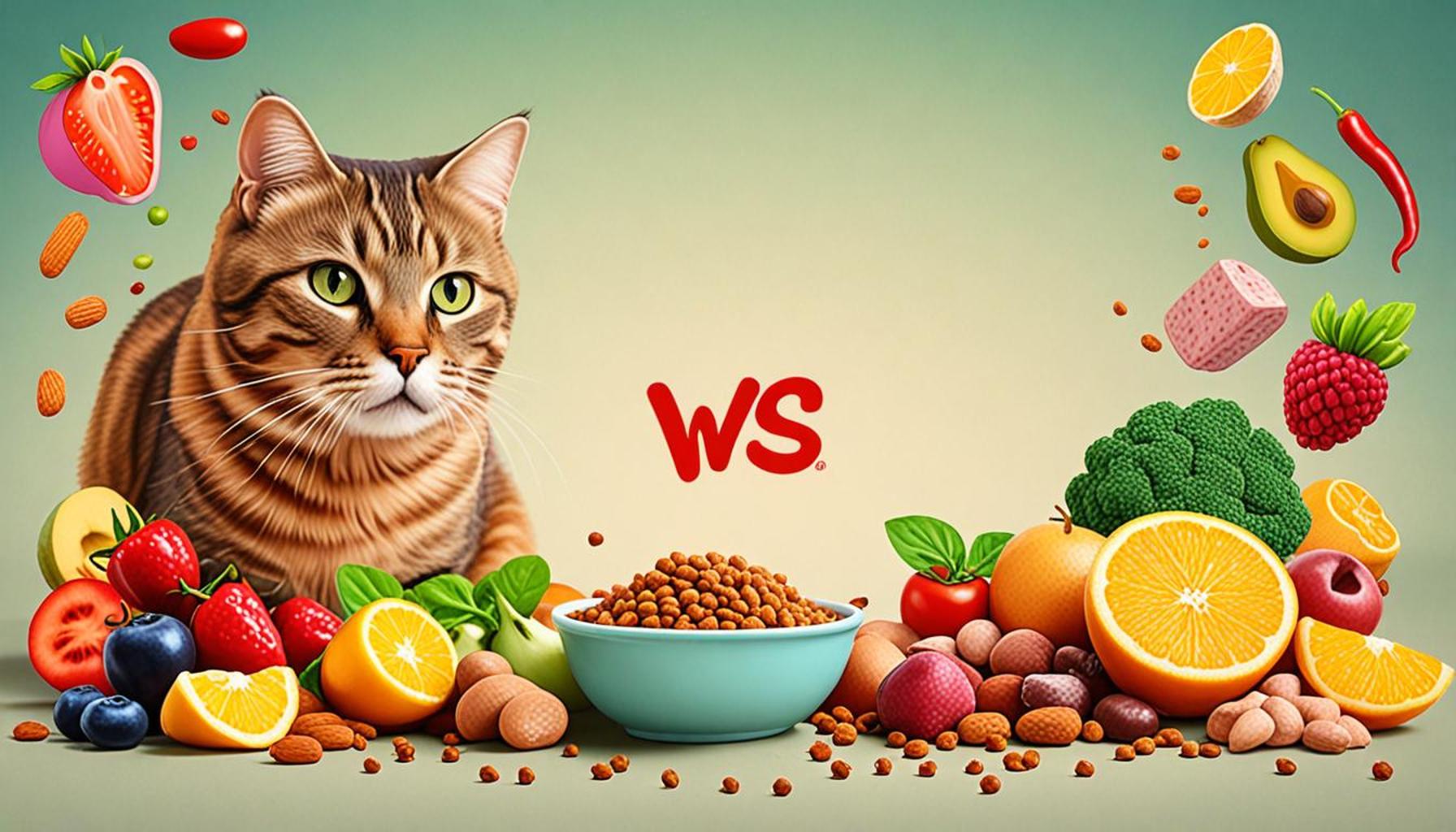
Understanding Your Cat’s Nutritional Needs
Feeding your feline friend can be a perplexing task, especially with the myriad of options available. As pet owners become more conscious of their cat’s health, the debate between natural foods and dry food emerges prominently. Each choice comes with its unique set of benefits and drawbacks that warrant careful consideration.
What You Need to Know
Both types of food claim to offer the best nutrition for your cat, but what’s the reality? Here are some critical factors to consider:
- Ingredients: Natural foods often feature whole, fresh ingredients such as real meat, vegetables, and grains that are free from artificial additives. In contrast, many dry foods use fillers like corn and soy as primary ingredients, which can dilute the nutritional quality. For instance, while a brand of natural wet food may have chicken as the first ingredient, dry food often lists a grain as the primary component, which might not be ideal for obligate carnivores like cats.
- Hydration: One significant advantage of natural foods is their moisture content, which helps support hydration. Cats have a low thirst drive and tend to obtain most of their water from their food. A diet rich in wet food can greatly enhance their fluid intake, crucial for urinary health. With dry food, which typically contains about 10% moisture or less, cats may not get adequate hydration, potentially leading to issues such as urinary tract infections or kidney problems.
- Cost: When it comes to budget, natural options often come with a higher price tag. High-quality ingredients in natural foods can lead to significant costs over time. Conversely, dry food is usually more economical and may fit more comfortably into a pet owner’s financial plan, particularly when feeding multiple cats.
Understanding these differences is essential for making informed decisions. For example, if you opt for natural food, you might consider brands like Blue Buffalo or Wellness, which prioritize quality ingredients. Alternatively, if you lean towards dry food for convenience, consider formulations like Hill’s Science Diet or Royal Canin designed specifically for your cat’s health needs.
This article will explore the various facets of each type, helping you determine what is best for your cat. So, should you go for the wholesome goodness of natural foods, or stick with the convenience of dry food? As we dive deeper into their pros and cons, you’ll uncover valuable insights that could dramatically affect your cat’s health and longevity.
LEARN MORE: Click here to learn about essential nutrition for your pets
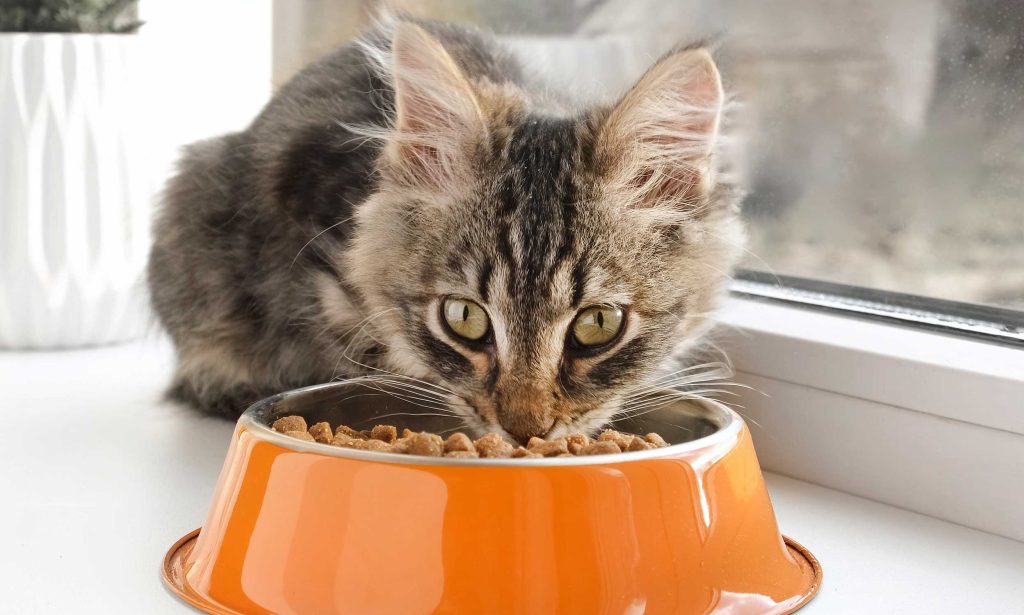
Examining Natural Foods
Natural foods are often celebrated for their focus on whole, unprocessed ingredients that are more in alignment with a cat’s evolutionary diet. These foods typically contain a high percentage of animal protein and offer a variety of nutrients essential for maintaining a cat’s health. When considering the implications of feeding your cat natural food, several key factors come into play:
- Quality of Protein: Natural foods often boast high-quality protein sources, typically sourced from meat, fish, or poultry. This is crucial for cats, who are obligate carnivores that require animal proteins to thrive. Many brands advocate for real meat as the primary ingredient, setting a benchmark for quality that is hard to surpass.
- Absence of Fillers: One of the hallmarks of natural foods is their lack of artificial additives and fillers. Unlike many commercial dry foods, the best natural options avoid unnecessary grains like corn and soy, which can offer little nutritional benefit and may even contribute to food sensitivities in some cats.
- Variety and Texture: Natural foods come in various textures, including wet, freeze-dried, or minimally processed options. This variety can be appealing to cats and can help prevent food boredom, which is vital for those picky eaters. The moisture-rich content in wet natural foods can also play a significant role in keeping your cat hydrated, an essential factor in preventing urinary tract issues.
On the flip side, while natural foods can offer numerous benefits, they also pose some challenges for pet owners. Understanding the specific needs of your cat will help you navigate these considerations, optimizing their diet accordingly.
The Case for Dry Food
Although dry food has garnered criticism in recent years, it remains a staple for many cat owners due to its convenience and long shelf life. Let’s look at some characteristics that make dry food a popular choice:
- Cost-Effectiveness: Generally, dry cat food is more affordable than natural wet varieties, making it a practical choice for multi-cat households or budgets that may not allow for premium pricing consistently.
- Ease of Storage: Dry kibble doesn’t require refrigeration and can be stored for an extended period without the risk of spoilage. This feature makes dry food easily accessible for busy owners or during travel.
- Dental Benefits: Some studies suggest that dry food can promote dental health by helping to reduce plaque and tartar build-up as the cat chews. This potential benefit can be a factor for owners considering the overall well-being of their pet’s oral health.
However, it’s pivotal to consider potential downsides with dry food. For instance, the lack of moisture content may contribute to kidney issues, an important concern for cat owners. Balancing the hydration aspect with dry food remains a crucial aspect of managing your cat’s health.
It’s clear that both natural foods and dry food have their distinct advantages and drawbacks. The decision lies not just in the comparison of these two categories, but also in understanding your cat’s unique nutritional needs, lifestyle, and health considerations.
| Natural Foods | Dry Food |
|---|---|
| Whole Food Ingredients | Convenience |
| Promotes better digestion and overall health through unprocessed ingredients that are rich in nutrients. | Easy to store and serve, making it highly accessible for busy pet owners. |
| Hydration | Cost-effective |
| Contains moisture which is critical for a cat’s hydration, thereby potentially preventing urinary tract issues. | Often more budget-friendly, allowing owners to purchase larger quantities. |
The choice between natural foods and dry food for cats is pivotal for their dietary health. Each option presents distinct advantages worth considering. Natural foods, replete with whole ingredients, can significantly enhance a cat’s digestive health and overall well-being. These foods typically contain high moisture content, proving essential for hydration, which helps to stave off urinary tract issues that are common in cats.On the other hand, dry food is undeniably convenient. It allows for easy storage and serving, making it a favorite among busy owners. The cost-effectiveness of dry food cannot be overlooked either, as it often allows for bulk purchases, making it an accessible option without compromising on nutrition. Both types of diets cater to various owner lifestyles and cat needs, highlighting the importance of personalized choices in feline nutrition.
DON’T MISS: Click here to enhance your pup’s social skills
Assessing Nutritional Balance and Health Concerns
When evaluating whether natural foods or dry food is the best option for your cat, it’s essential to consider not only the immediate benefits but also the long-term health implications and nutritional balance of each diet.
Understanding Nutritional Requirements
Cats have unique dietary needs driven by their biological makeup. A well-balanced diet typically includes specific amounts of protein, fats, carbohydrates, vitamins, and minerals. Experts suggest that a cat’s diet should be made up of at least 30-40% protein to sustain muscle mass and overall vitality. Natural foods generally meet this requirement more readily as they focus on animal-based proteins. In contrast, many dry foods contain higher levels of carbohydrates, often derived from grains, which may be less beneficial for cats.
Potential Health Implications
One significant concern is obesity, which is particularly pertinent in cats. The high caloric density of many dry foods can lead to overeating, especially if your cat tends to graze throughout the day. In fact, studies indicate that cats consuming a dry food diet are more prone to obesity compared to those on a high-protein natural diet. Natural foods, often lower in calories due to their higher water content and protein density, can help maintain a healthy weight.
Another aspect to consider is the long-term digestive health of your cat. Some researchers have linked the consumption of dry food to urinary tract problems, due to its low moisture content, which may lead to concentrated urine. This can precipitate conditions such as feline lower urinary tract disease (FLUTD), a common issue among cats that can cause discomfort and necessitate veterinary intervention. Natural wet food diets, being more hydrating, can alleviate these risks while promoting better urinary health.
Food Sensitivity and Allergies
The prevalence of food sensitivities in cats has risen, with symptoms often manifesting as skin issues or gastrointestinal disturbances. Many traditional dry cat foods contain fillers and allergens like corn, soy, and artificial preservatives, which may trigger reactions in sensitive cats. Conversely, natural foods tend to be more refined, with fewer fillers and a focus on whole ingredients, which can be less likely to irritate a cat’s digestive system. When exploring your options, paying close attention to ingredient labels is essential, regardless of the type of food you choose.
Customizing Your Cat’s Diet
Another advantage of natural cat foods is the potential for customization. Many brands offer options tailored to specific dietary needs, such as grain-free recipes for cats with sensitivities or formulations designed for particular life stages, whether it be kitten growth or senior health. This customization can ensure that your cat receives a diet specifically suited to their life cycle and health requirements.
While both natural foods and dry food offer an array of benefits, the key is to stay informed and observant regarding your cat’s individual needs. The right choice will depend on factors such as age, health conditions, lifestyle, and personal preferences, urging all pet owners to consider a nuanced approach to their feline companions’ diets.
DIVE DEEPER: Click here to enhance your training skills
Conclusion: Making an Informed Choice for Your Cat’s Diet
Deciding between natural foods and dry food for your cat is a significant decision that can impact their overall health and well-being. Throughout this discussion, we’ve explored essential elements such as nutritional balance, potential health risks, and the value of customization. Each cat is unique; their dietary needs can vary based on age, health conditions, activity levels, and even personal taste preferences. Therefore, understanding these factors is crucial when determining the best diet.
Natural foods often provide a higher protein content, better hydration, and fewer fillers, making them a favorable option for cats, especially those prone to obesity or food sensitivities. Meanwhile, dry food remains popular among pet owners due to its convenience and longer shelf life. However, it’s essential to remember that not all commercial dry foods are created equal; some may contain unhealthy ingredients that could hinder your cat’s health.
Moreover, staying informed about your cat’s individual dietary requirements can help you make a more tailored choice. Consult your veterinarian for personalized recommendations and to discuss potential health concerns. As pet owners, the focus should always be on providing the best possible nutrition for our feline companions. Whether you lean towards natural foods or a quality dry diet, what truly matters is ensuring it supports their long-term health and happiness.
In conclusion, both diets have their merits, but choosing the right one requires careful consideration and a commitment to your cat’s nutritional needs. Investigate the available options, weigh the pros and cons, and prioritize your cat’s unique health profile to help them thrive.
